No products in the cart.
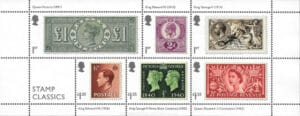
I guess most of us, if not all of us, have at least heard of the monarchs of Great Britain. Some will know more about their reign and the role they played in the History of Great Britain. Some will even be informed about less-known details. But today, it is about their doings and how they were related to philately.
It’s really hard to describe everything related to stamps and philately that happened during the Victorian age. Before the invention of the first postage stamp, letters were franked with seals equivalent to postmarks. While Royal Mail was established in 1516, the first postage stamp – the Penny Black - and what will become the modern postal system, were introduced only in more than 3 centuries later in 1840.
This resulted from the need to avoid payments being collected from the recipient. Because also the recipient could refuse the mail and hence to pay for it. Moreover when accepted, handling money on the spot had a lot of disadvantages.
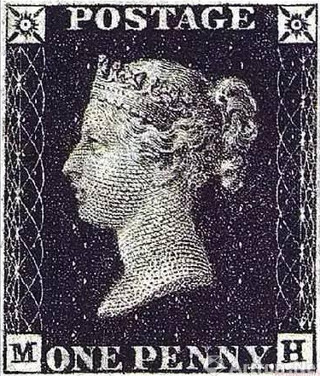
Sir Rowland Hill proposed a stamp to indicate pre-payment of postage, and that led to the introduction of the first postage stamp – Penny Black.
The contest was organized to get the best design, but none of the received had been used. Instead, the silhouette of Queen Victoria was used (based on a sketch provided by Henry Corbould, Charles Heath and his son Frederick engraved the portrait).
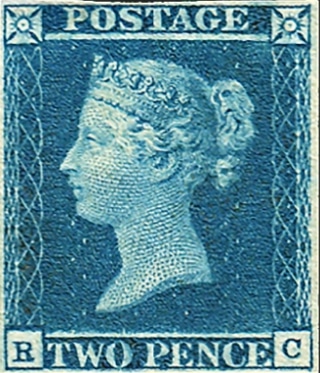
The Two Pence Blue was planned together with the Penny Black and was used to send letters with the weight of full ounce (Penny Black was used for letters up to half an ounce).
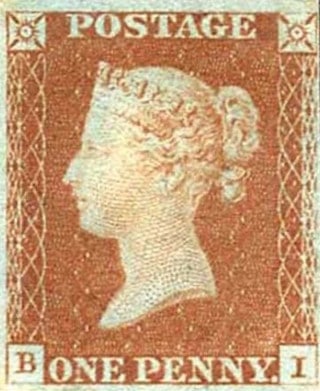
The following year, Penny Red was introduced as a replacement for Penny Black. The most important reason was that the cancellation mark on Penny Black was difficult to see.
Besides that, there were many other innovations in the Victorian age (source: Royal Mail):
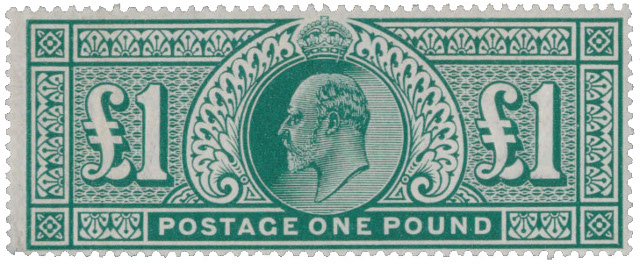
King Edward VII ruled Great Britain from 1901 to 1910. His reign was brief from a postal aspect. There were no major post-related events during his reign. Maybe I would mention that starting from 1909 people could collect their pensions at local Post Offices.
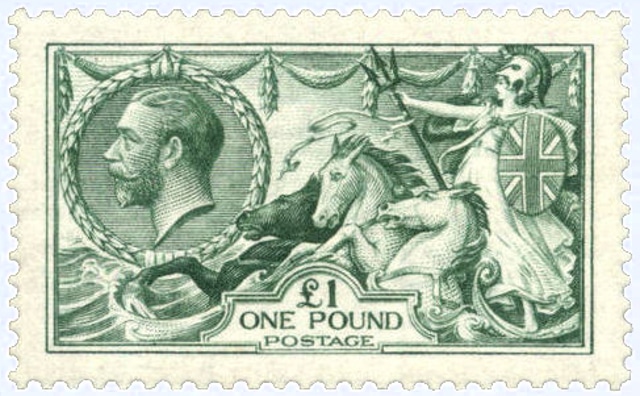
'Seahorses' is the name used to refer to the United Kingdom high-value definitive postage stamps issued during the reign of King George V.
The stamps are notable for the quality of the engraving and the dramatic design which depicts Britannia on her chariot behind three writhing horses on a stormy sea. The stamps represent a collecting field in their own right for some philatelists due to the color variations and different printers. (wikipedia.org)
KIng George V ruled Great Britain during the period of World War I and this during this period two important things happened. While the boys were at war, girls were employed in Post Offices in huge numbers, ~20000. Besides surviving and food, letters from home and sent to home were very important for the morale of the troops.
During his reign following important philately/post-related events took place:

King Edward VIII spent only a few months on the throne and during that period no major philately-related events happened.
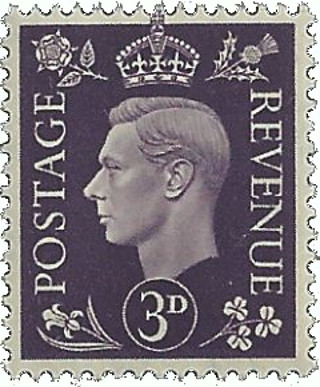
King George VI ruled Great Britain during World War II and that caused many problems in general. Postal service was not the exception and during the war, many installations were destroyed with most notably the Central Telegraph Office in St Martin's-le-Grand.
There was one important innovation during his reign:
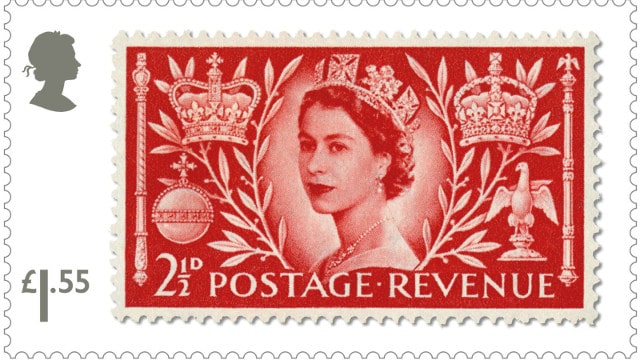
Queen Elizabeth II succeeded the throne on 6th February 1952, following the death of her father. She is the current monarch of Great Britain and during this (almost 70) years, a lot had happened in the World but also in philately. Some of the important events were:
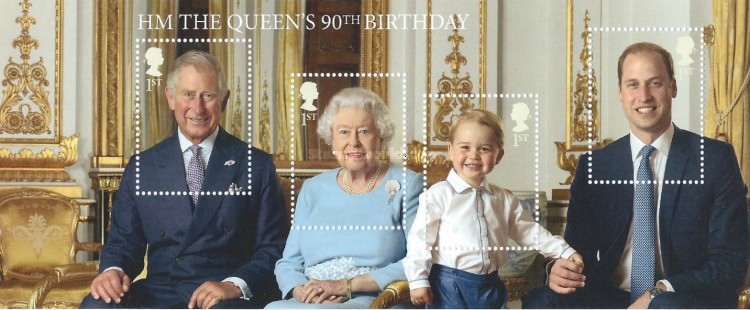
Royal Mail started more than 500 years ago and first stamps were used almost 180 years ago. Of course, everything changed during that period, but the way we communicate changed maybe the most. In 1840 stamps were innovation and sending paper mail was pretty much of a hype. Most of the paper stuff we receive these days are utility bills or advertisement mail and most of the mails don’t have any stamps on them. Stamps are slowly but surely going into history. Still, that will add more value to them as they age (in case more people would be interested in philately).









